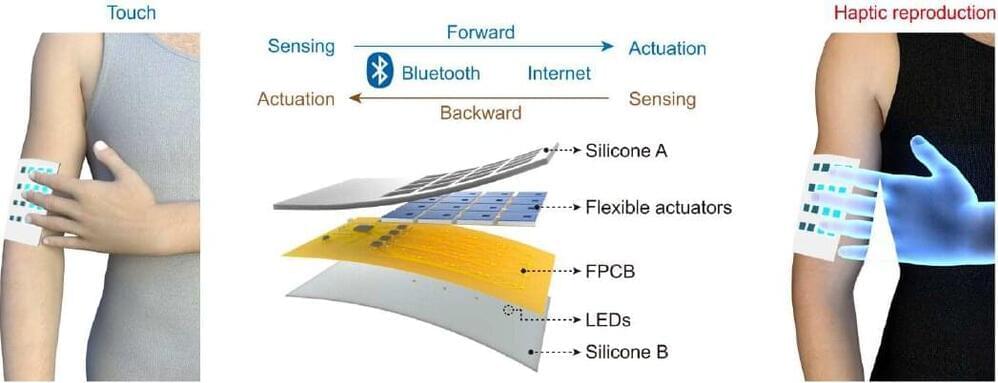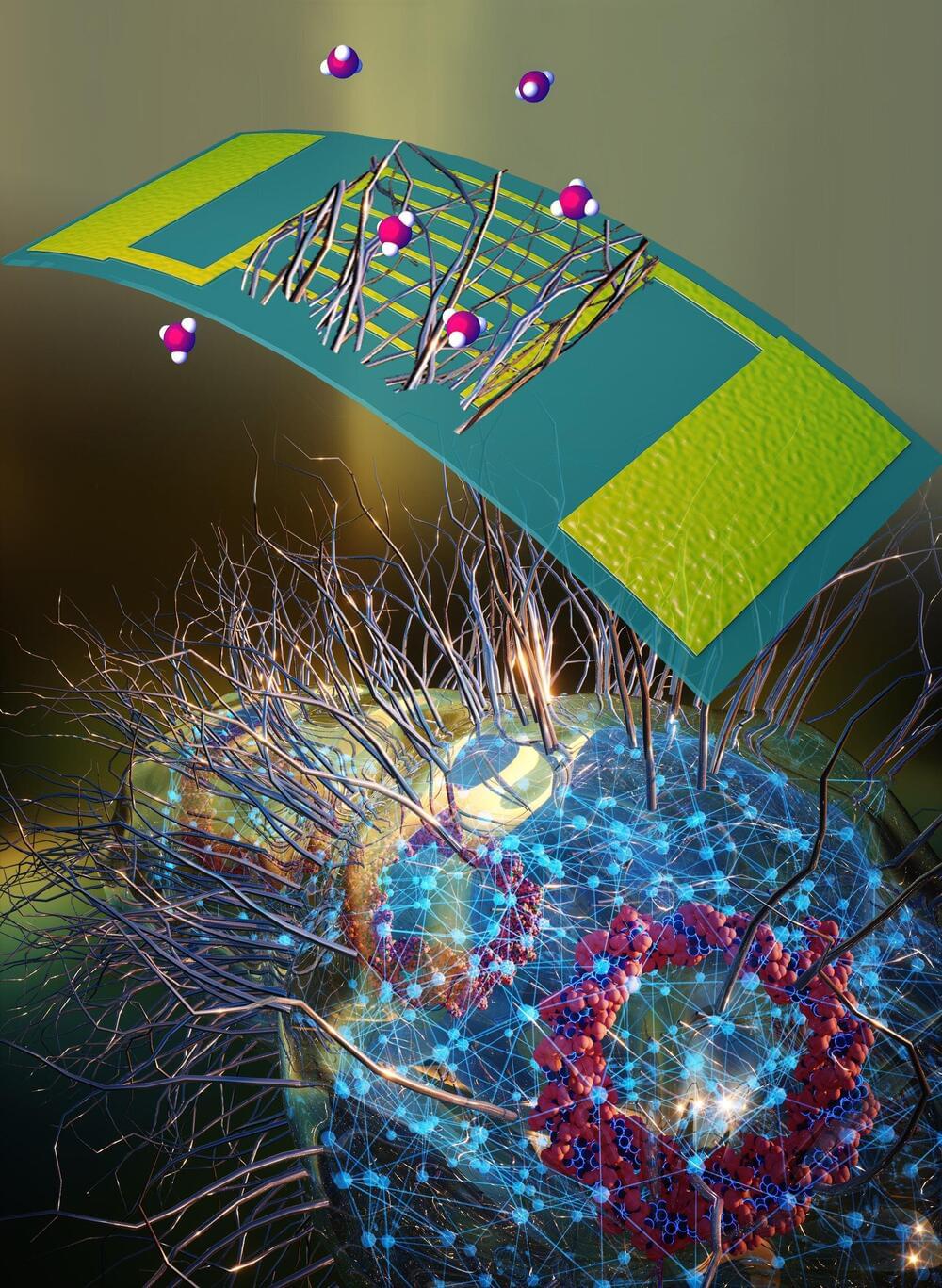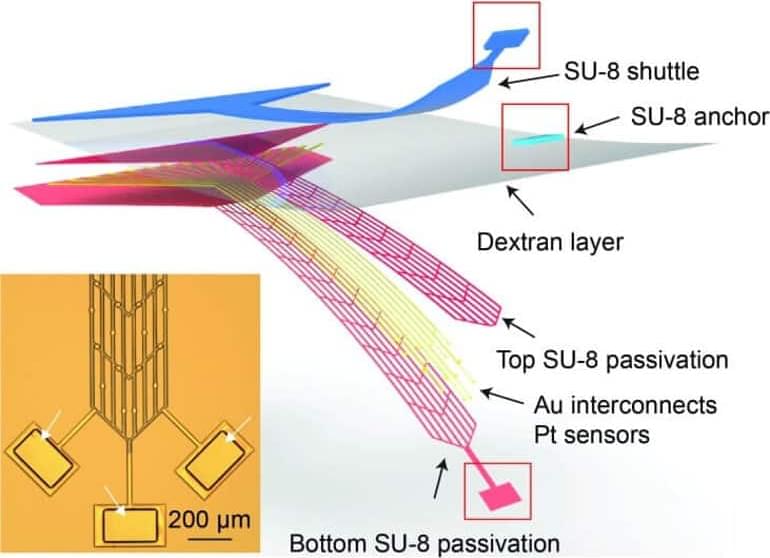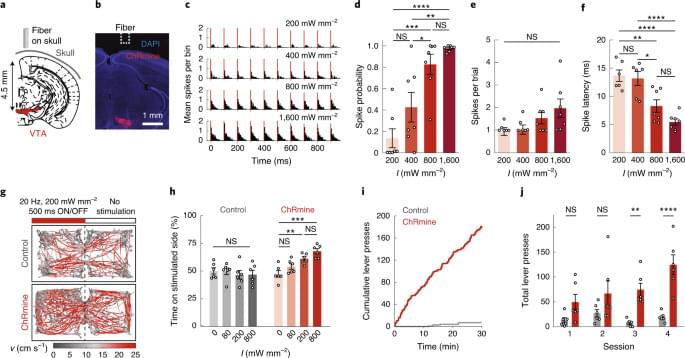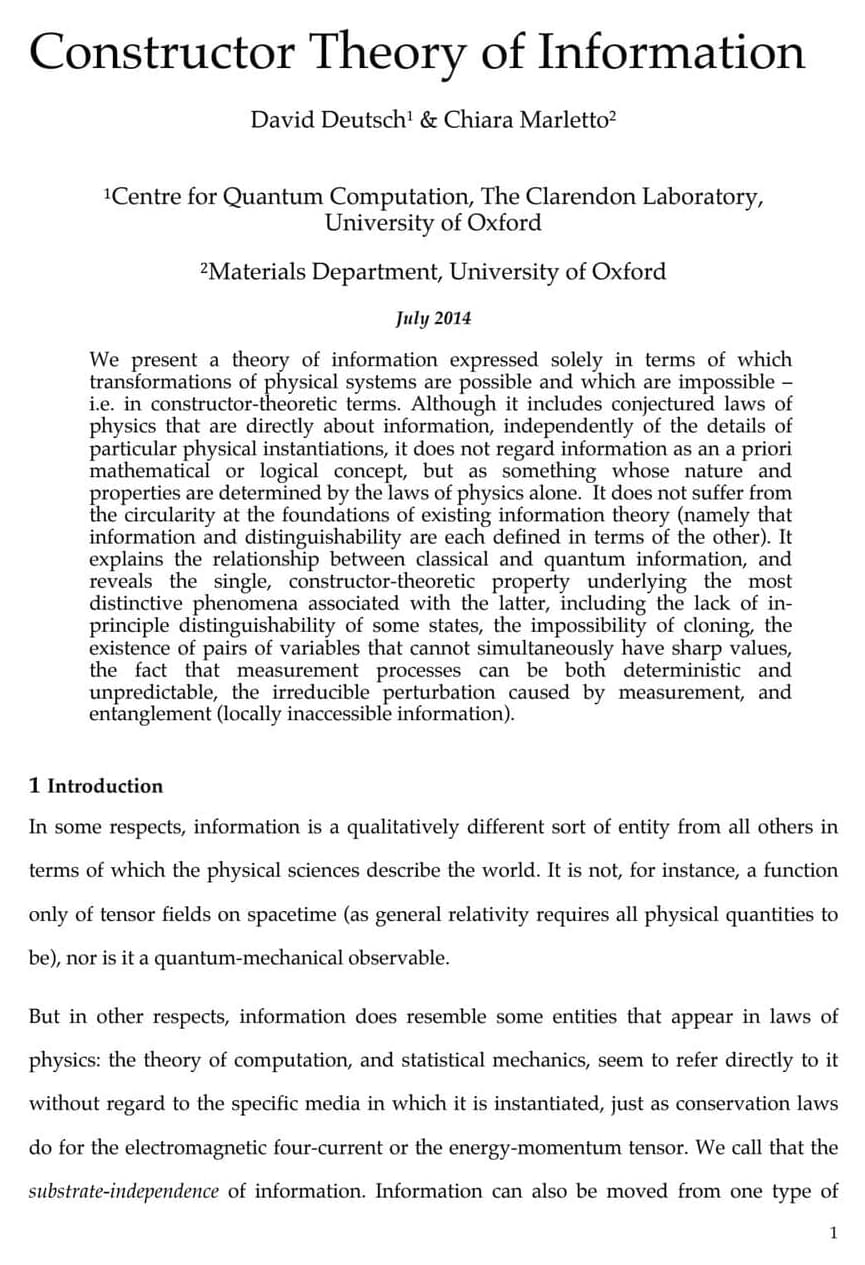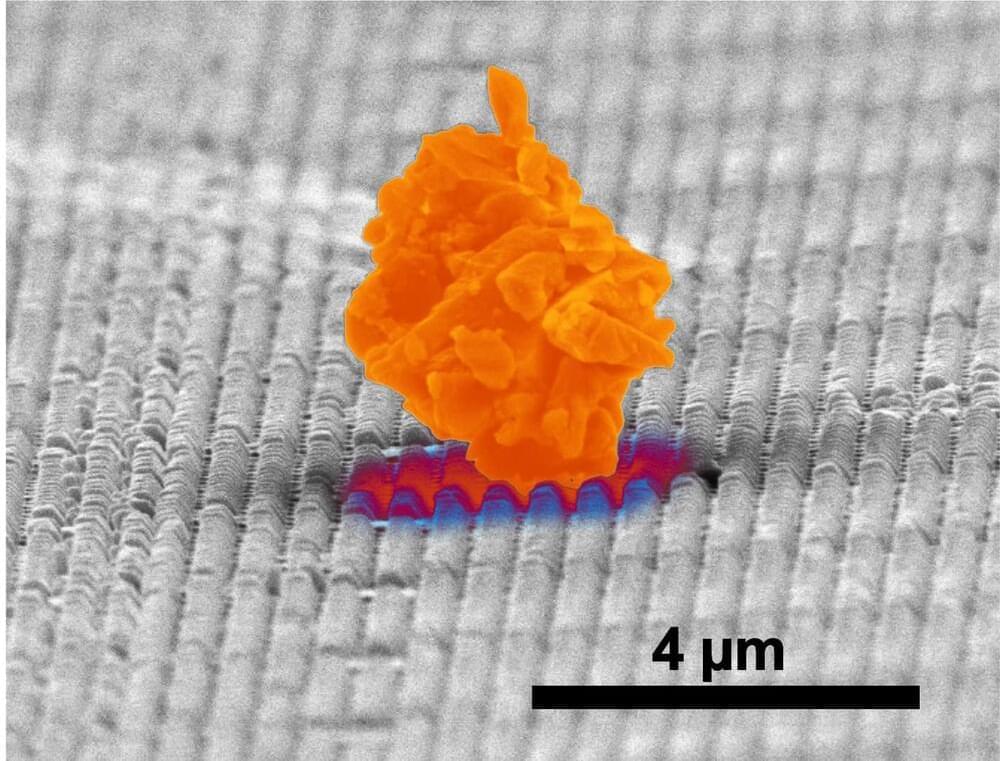Few recent advances in technology have elicited as much interest as generative artificial intelligence. Media outlets around the world have provided awe-inspiring snapshots of what it can do for us. Our services alliance with OpenAI brings clarity to the expanding array of its potential business applications, combining OpenAI’s technology with our deep understanding of business strategy and social responsibility.
Generative AI uses sophisticated machine learning models to produce entirely original content such as images, text, and more. Beyond a compelling novelty, platforms such as ChatGPT, DALL·E, and Codex offer tangible benefits across industries and business functions—hyperefficient content creation, highly personalized marketing, more streamlined customer service operations, to name just a few. Advances in neural networks have pushed generative AI to an inflection point, giving early adopters a golden opportunity to make their mark. But while the technology has gained traction, many companies have faced challenges with integration.
We can help separate the hype from the real-world application, bringing experience across the value chain and a deep understanding of our clients’ industries. Equipped with deep expertise in AI technologies, our Advanced Analytics practice doesn’t only advise but also delivers solutions. We pinpoint the generative AI use cases that will create the most value, rapidly deploy a proof of concept, then implement the capabilities across your operating model, businesses processes, and data assets.

